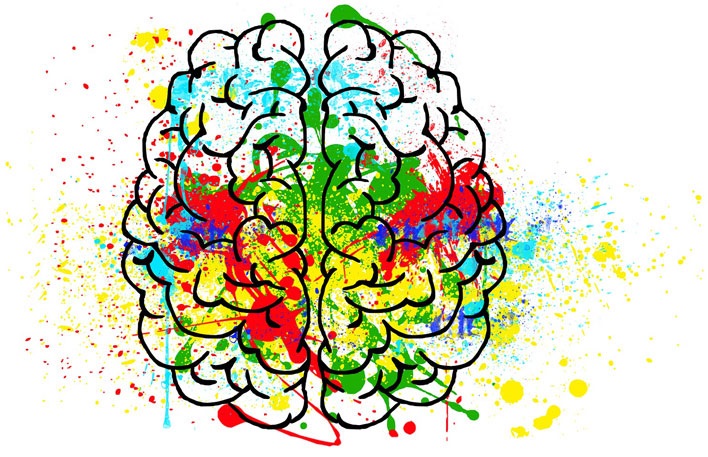Infralow Neurofeedback
What is the Othmer Method?
During the late 1980s, Sue and Siegfried Othmer initiated the development of protocols and technologies based on neurofeedback techniques. Their motivation for embarking on this journey stemmed from their son’s diagnosis, which included epilepsy, autism, and hyperactivity.
Faced with the lack of apparent effects of the medication on their son Brian, Sue, an expert in brain physiology, and Siegfried, a physicist with experience in aerospace technology, researched an alternative therapeutic approach. Their aim was to find a viable alternative to the existing treatment for their son.
Through their investigation into the properties of neurofeedback techniques, they discovered a new method, Infra-low Neurofeedback, that proved to be a safe and effective alternative to Brian’s current treatment.


What is Infra-low neurofeedback?
Infra-low neurofeedback is a type of brain training or therapy that involves monitoring and providing feedback on very slow electrical brainwave activity, specifically the infra-low frequency range. This type of neurofeedback focuses on brainwaves that occur at frequencies below 0.1 Hertz.
What makes ILF neurofeedback different from other forms of therapy is that personalized protocols are tailored to each individual’s nervous system. As opposed to conventional mental health services that rely on generalized, evidence-based therapies within a fragmented and depersonalized system.
Dr. Thomas Insel, former head of the National Institute for Mental Health, supports this critique, highlighting the shortcomings of traditional mental health treatments despite extensive research. This is not to say that traditional therapy is not effective. It could be helpful to augment generalized approaches with Infra-low neurofeedback.
How do we Personalize Therapy and create Neurodiversity?
Both clinical practice and therapeutic research emphasize the importance of acknowledging the neurodiversity of clients, calling for approaches that are personalized, clinically rigorous, and evidence-based. ILF neurofeedback addresses this need by conducting assessments for each person, developing individualized neurofeedback training protocols based on their symptoms and the nervous system’s response to specific low frequencies.
Optimal Response Frequency (ORF)
A distinctive aspect of ILF neurofeedback involves determining the “Optimal Response Frequency” (ORF), where clients feel most comfortable. This ORF is unique to each person, and its discovery depends on the client’s ability to recognize and communicate their feelings—a process known as “interoceptive awareness.” This awareness of one’s feelings is considered an important element in mental health healing and can be achieved over time.
The premise is that when individuals feel connected to their bodies and can identify what feels right, healing and recovery become possible. Therefore, ILF training is symptom-based and results-driven (focusing on what is best for the client), rather than being based on preconceived notions of what brainwaves should look like on an EEG display.

